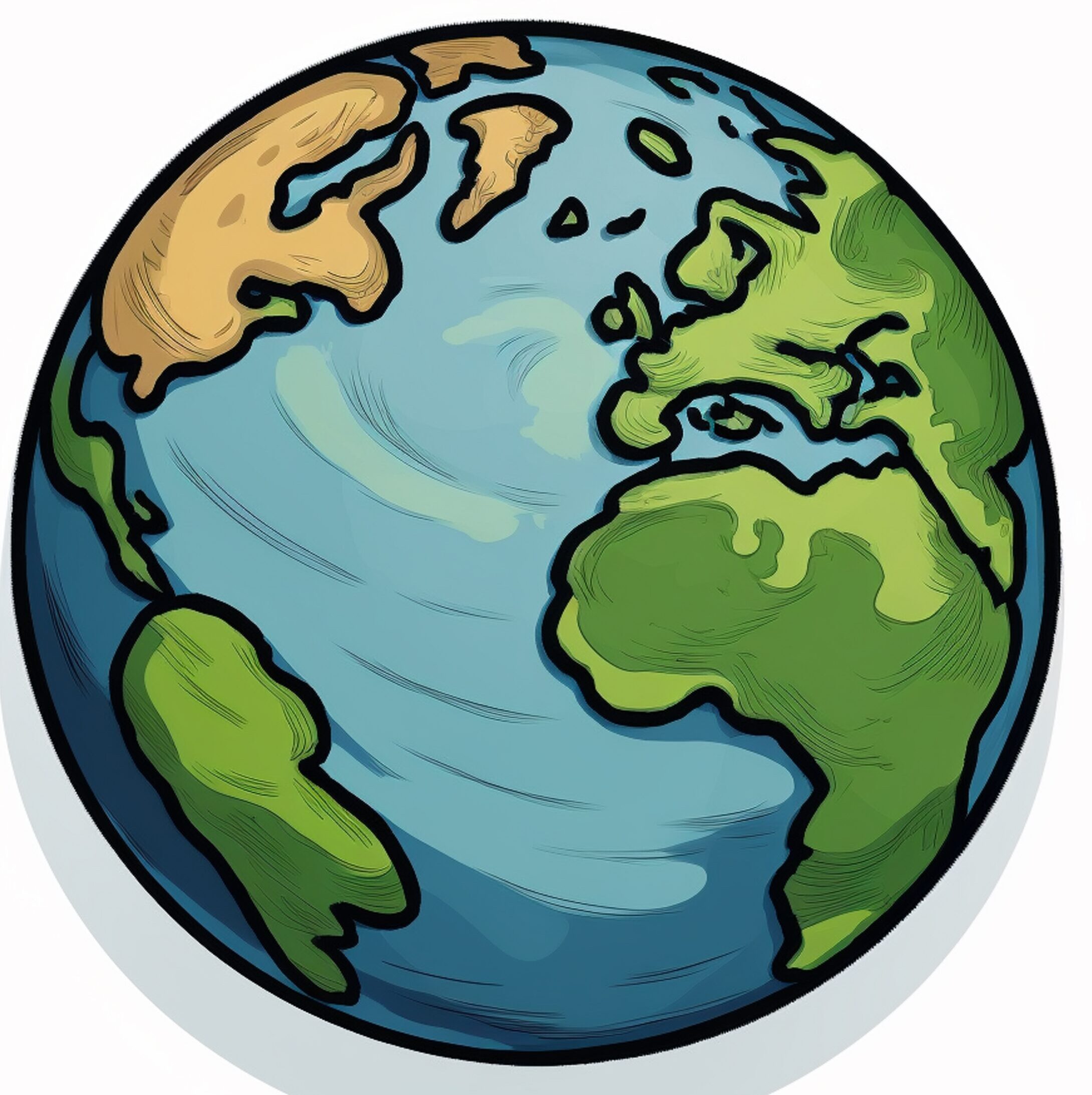Planet Earth is more than just a blue sphere floating in the vastness of space. It is our home, our provider, our cradle of life. Among the billions of celestial bodies that populate the universe, Earth is the only known planet that harbors life. This fact alone makes it a marvel—a living miracle in an otherwise silent cosmos. Yet, as remarkable as Earth is, it is also fragile, and its future rests in the hands of its most dominant species: us.
A Perfect Balance
Earth’s ability to sustain life hinges on a delicate balance of factors that seem almost too perfect to be accidental. It orbits the Sun at just the right distance, known as the “Goldilocks Zone,” where temperatures are neither too hot nor too cold for liquid water—a crucial ingredient for life. The atmosphere is a mix of nitrogen, oxygen, and trace gases that not only support respiration but also protect us from harmful solar radiation.
The planet’s magnetic field acts as a shield against solar winds, while its rotation and tilted axis give rise to seasons and climates that support biodiversity. From the towering mountains to the deepest ocean trenches, Earth’s varied landscapes create countless ecosystems, each finely tuned and interdependent.
The Web of Life
Life on Earth is a magnificent web, interconnected in ways we are still discovering. From microscopic plankton in the oceans that generate most of our oxygen to vast forests that regulate carbon dioxide levels, every organism plays a role in maintaining balance. The honeybee pollinates crops, the wolf controls prey populations, and fungi decompose organic matter, returning nutrients to the soil.
Humans, too, are part of this web. Yet, in recent centuries, we have become the most impactful force on the planet. Our ability to manipulate our environment through technology and innovation has brought incredible progress, but also unprecedented challenges.
The Human Footprint
The rise of industry, agriculture, and urbanization has altered Earth’s landscapes and ecosystems at a rapid pace. Forests have been cleared, rivers dammed, and species pushed to extinction. Greenhouse gases released by burning fossil fuels have warmed the planet, leading to climate change, melting glaciers, rising sea levels, and extreme weather events.
Pollution chokes our oceans with plastic, poisons the air we breathe, and contaminates the soil we rely on for food. Biodiversity—the richness of life on Earth—is declining at an alarming rate, threatening the very fabric of our ecosystems.
Despite these stark realities, there is hope. Humanity is not just capable of destruction; we are also capable of profound change and restoration.
A Planet Worth Saving
Every time a sea turtle is rescued, a tree is planted, or a species is reintroduced into the wild, we take a step toward healing. Conservation efforts, renewable energy development, and global awareness are signs that we are beginning to recognize the value of the Earth—not just as a resource, but as a living entity deserving of respect.
Nations are coming together through climate agreements, scientists are innovating cleaner technologies, and communities are adopting sustainable practices. The shift toward a greener world is gaining momentum, but it requires the participation of each individual.
The Role of the Individual
You don’t need to be a scientist, a policymaker, or a billionaire to make a difference. Simple daily choices can have a powerful collective impact. Reducing waste, conserving energy, supporting local and sustainable products, and spreading awareness are all ways to contribute to a healthier planet.
Education plays a crucial role in nurturing an environmentally conscious generation. When children learn about ecosystems, climate, and conservation, they grow up to be guardians of the Earth rather than exploiters.
Earth’s Message to Us
If the Earth could speak, what would it say? Perhaps it would remind us of its ancient wisdom, of how it has endured for over 4.5 billion years, surviving asteroid impacts, ice ages, and mass extinctions. Perhaps it would ask us to listen—not just with our ears, but with our hearts.
Every sunrise is a promise. Every bloom in spring, a testament to resilience. Every bird song, every rustling leaf, every raindrop is a message from the planet: “I am alive. I am giving. Will you protect me?”
Looking to the Stars, Protecting Our Home
As we venture into space, searching for life on distant planets, we must not forget the treasure we already possess. The discovery of Earth-like planets may one day become reality, but until then—and perhaps even after—Earth remains our only sanctuary.
Technological advancement should not come at the cost of nature. We must find a way to blend progress with preservation, innovation with integrity. Sustainable development is not a burden—it is a responsibility. It is our chance to honor the gift we’ve been given.
A Future Together
The story of Earth is still being written. And we, as its inhabitants, hold the pen. Will we write a tale of collapse, or one of regeneration and harmony? Will future generations inherit a planet of scarcity and scars, or one of abundance and beauty?

